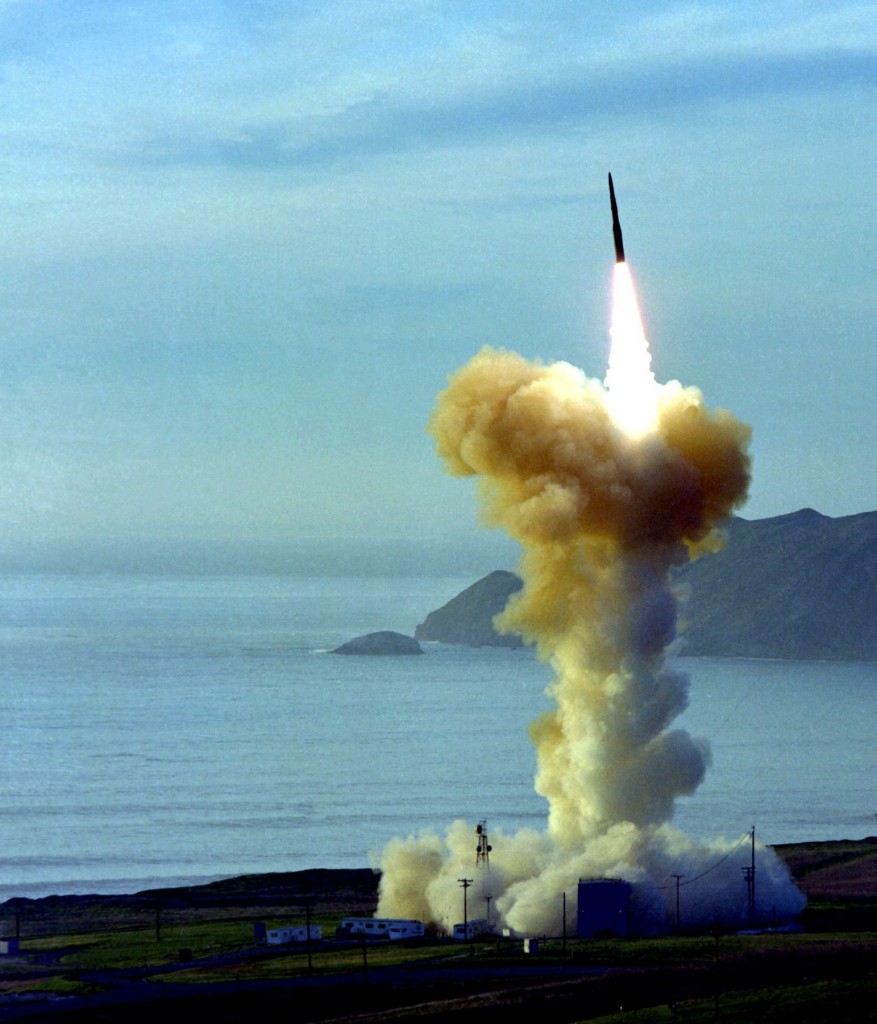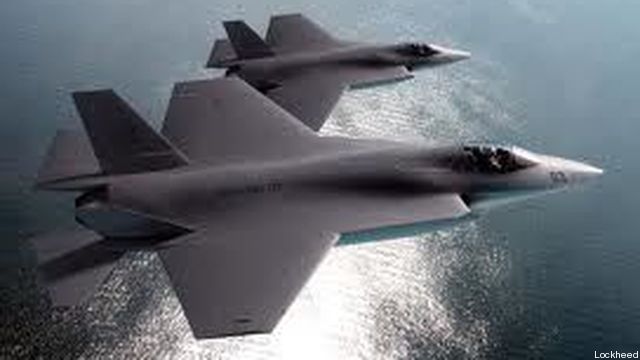By COLIN CLARK
 That’s the most essential message of the leaked Nuclear Posture Review. (Kudos to my colleague Ashley Feinberg at Huffington Post for getting this one.) The Pentagon immediately issued a statement saying it’s pre-decisional and they don’t comment on such documents and it could change, etc. etc. However, as one who has read a number of such documents over the years, this appears to be a very mature draft since it includes the Defense Secretary’s introduction, has no spelling mistakes I could find and is well written in a consistent voice.To our readers, the biggest news is that it charges Gen. Joe Dunford, chairman of the Joint Chiefs, to deliver a plan to Defense Secretary Jim Mattis on to change how the Nuclear Command, Control and Communications (NC3) “to ensure its effective functioning and modernization.”
That’s the most essential message of the leaked Nuclear Posture Review. (Kudos to my colleague Ashley Feinberg at Huffington Post for getting this one.) The Pentagon immediately issued a statement saying it’s pre-decisional and they don’t comment on such documents and it could change, etc. etc. However, as one who has read a number of such documents over the years, this appears to be a very mature draft since it includes the Defense Secretary’s introduction, has no spelling mistakes I could find and is well written in a consistent voice.To our readers, the biggest news is that it charges Gen. Joe Dunford, chairman of the Joint Chiefs, to deliver a plan to Defense Secretary Jim Mattis on to change how the Nuclear Command, Control and Communications (NC3) “to ensure its effective functioning and modernization.”
That could mean changes to the current system, dominated by the Air Force. Why is reform needed?
“While once state-of-the-art, the NC3 system is now subject to challenges from both aging systems components and new, growing 21st century threats. Of particular concern are expanded threats in space and cyber space, adversary strategies of limited nuclear escalation, and the broad diffusion within DoD of authority and responsibility for governance of the NC3 system function, which, by its nature, must be integrated,” the draft says.
Now the general idea of changing the system isn’t new,as we’ve reported, but the extent of the changes and the fact the chairman will lead the charge is new. Note that everyone with whom I spoken about Multi-Domain Command & Control (MDC2) and other systems other services are considering has stressed that, while the nuclear system must be integrated across the military, that does not mean it will connect directly with the Air Force’s burgeoning MDC2 system or any others.
 The review also addresses hardware acquisitions, in particular endorsing the Long Range Standoff cruise missile (LRSO), successor to the Air Launched Cruise Missile, (ALCM). LRSO had been the only nuclear delivery system Mattis had questioned. While senior Air Force officials have made clear for months that LRSO would be built, the NPR’s stamp of approval is authoritative.
The review also addresses hardware acquisitions, in particular endorsing the Long Range Standoff cruise missile (LRSO), successor to the Air Launched Cruise Missile, (ALCM). LRSO had been the only nuclear delivery system Mattis had questioned. While senior Air Force officials have made clear for months that LRSO would be built, the NPR’s stamp of approval is authoritative.
The other new initiatives are a commitment to deploy nuclear cruise missiles on some attack submarines. This might mean a new SLCM. Also, it declares the intent to deploy low-yield warheads on some Submarine Launched Ballistic Missiles (SLBM).
The NPR also contains many reminders, often forgotten in the debate about the Joint Strike Fighter’s capabilities and costs, that the F-35A will be a key and flexible part of the nuclear enterprise. The aircraft, which will replace the F-15E for this role in the US, “will be a key contributor to continued regional deterrence stability and the assurance of allies.”
In the fall of 2017, the U.S. Navy awarded Raytheon Missile Systems a $119 million contract to begin integrating a new multi-mode seeker into the Tomahawk Block IV cruise missile. This officially ushered in the next era for Tomahawk, which is often called the “Nation’s Weapon of Choice” by its users. The new seeker will…
Finally, many nuclear policy mavens will rejoice (and some grind their teeth) when they read that “the United States will maintain a portion of its nuclear forces on alert day-to-day, and retain the option of launching those forces promptly.” Translation: launch on alert is alive and well. The NPR reminds everyone that the US “has never adopted a ‘no-first-use’ policy” and keeps the ambiguity of leaving people guessing as to whether we would. The calculus of nuclear armageddon remains ruthless, complex and overwhelmingly convincing — so far.
Best quote in the NPR is by the Joint Chiefs of Staff: “In a world with no overarching global authority, rules are only as strong as the willingness of states to follow or enforce them.”
No comments:
Post a Comment